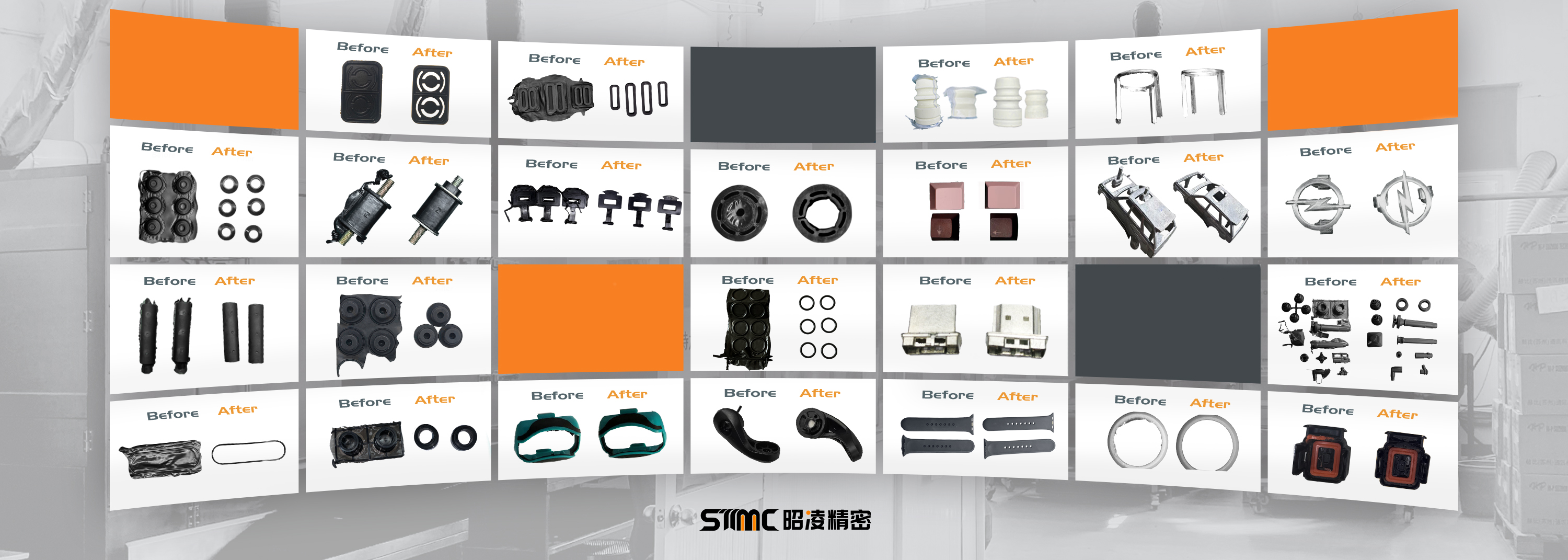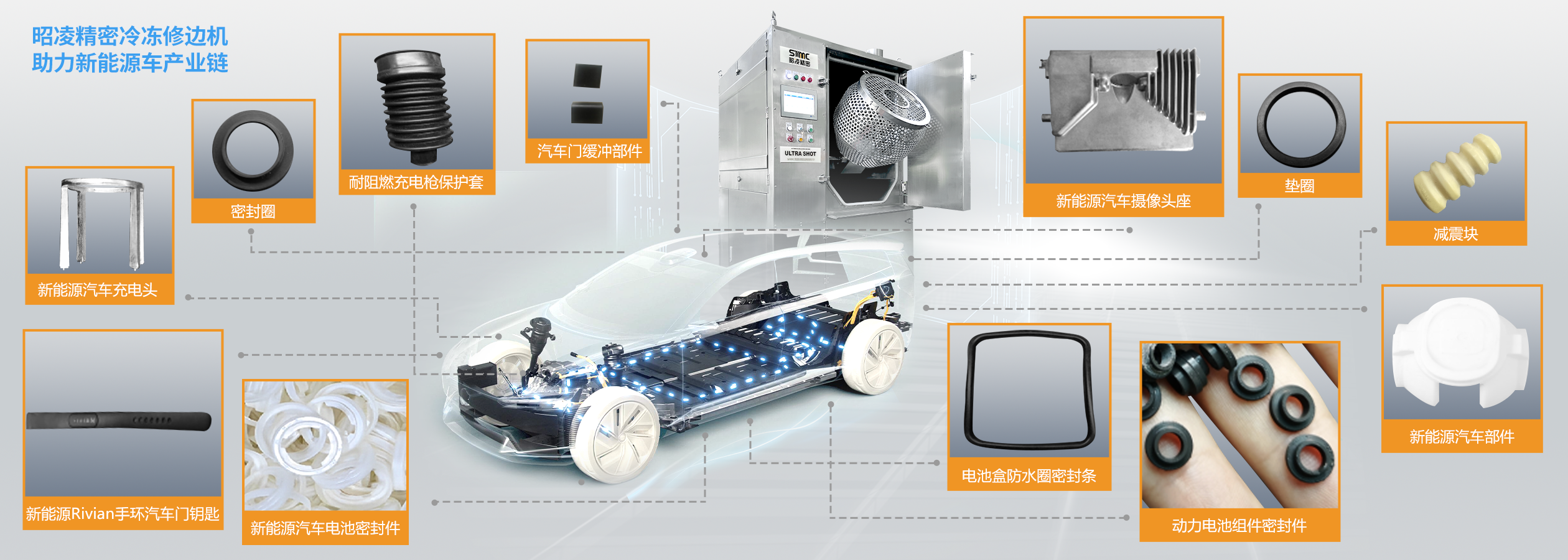In recent years, as the manufacturing industry increasingly demands precision and eco-friendly production, cryogenic deflashing machines have gained widespread application in the rubber products sector. Their unique low-temperature processing technology addresses challenges that traditional deburring methods struggle to overcome. So, what types of rubber products can cryogenic deflashing machines handle? How does this technology drive transformative changes in the industry?
Introduction to Cryogenic Deflashing Technology
Cryogenic deflashing machines use liquid nitrogen or cryogenic media to rapidly cool the surface of rubber products to temperatures below -80°C, causing the rubber material to become brittle. High-speed ice particle blasting or vibrational impact forces are then applied to remove burrs, flashes, and excess waste. Compared to traditional manual trimming or mechanical cutting, this technology avoids issues such as tool wear and product deformation, making it particularly suitable for structurally complex, high-precision products.
Wide Range of Applicable Rubber Products
1. Precision Sealing Components
O-rings, oil seals, and gaskets used in automotive and aerospace applications require extremely high dimensional accuracy. Cryogenic deflashing can precisely remove micron-level burrs, ensuring reliable sealing performance.
2. Complex Industrial Parts
Irregularly shaped components like shock absorbers, rubber gears, and conveyor belt joints often leave residual flaws with traditional methods. Cryogenic treatment enables uniform cleaning, even in hard-to-reach areas.
3. Medical and Food-Grade Silicone Products
Hygiene-critical items such as syringe stoppers, bottle nipples, and silicone tubing benefit from cryogenic deflashing, which eliminates chemical contamination and complies with FDA certification standards.
4. Electronic Components and Conductive Rubber
Miniature parts like keyboard buttons and remote control conductive pads avoid circuit damage during processing, as the brittle material prevents physical contact risks.
Industry Case Study: Boosting Efficiency and Sustainability
A Zhejiang-based rubber manufacturer reported that after adopting cryogenic deflashing equipment, processing time for a specific automotive sealing ring model decreased from 30 minutes per batch to just 8 minutes, while the yield rate rose from 82% to 98%. Additionally, waste materials are collected via a low-temperature recycling system, reducing dust pollution and saving over 200,000 yuan annually in environmental compliance costs.
Expert Insight: Technological Advancement is Imperative
An expert from the China Rubber Industry Association emphasized: “Cryogenic deflashing is particularly effective for thermosetting rubber, silicone, and fluororubber. With surging demand for precision rubber parts in sectors like new energy vehicles and medical devices, this technology will become a cornerstone for industry upgrading.”
Post time: Mar-28-2025



